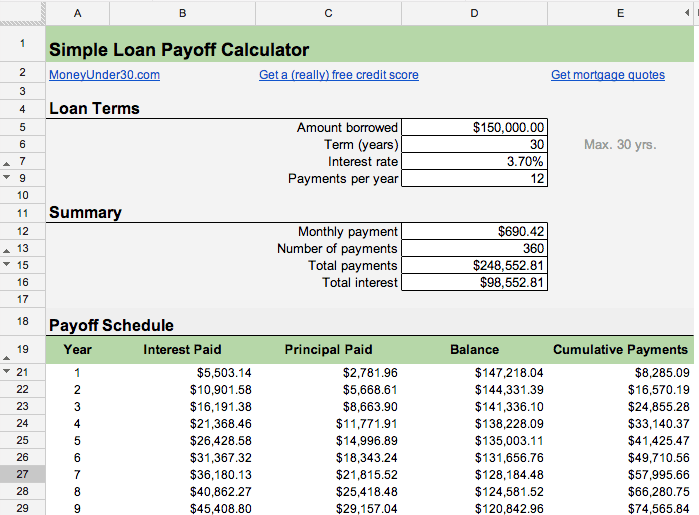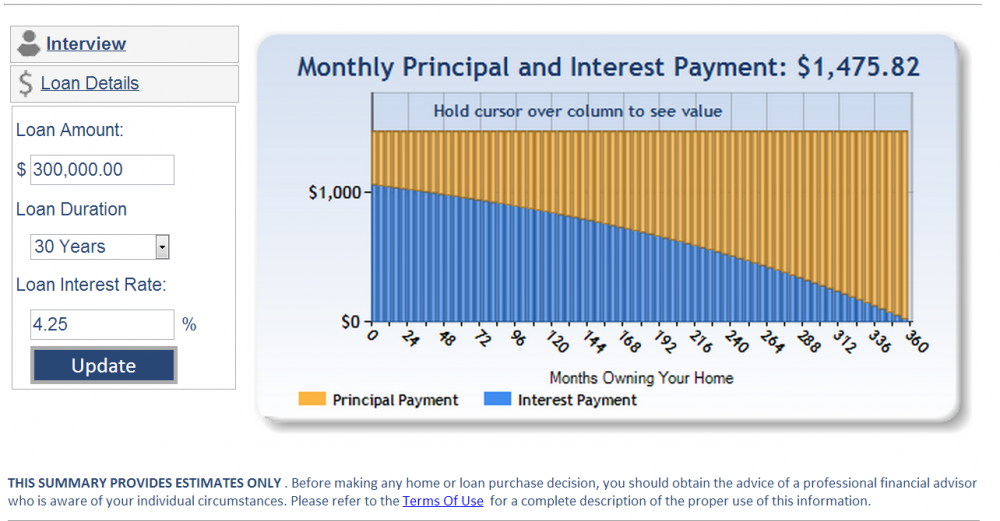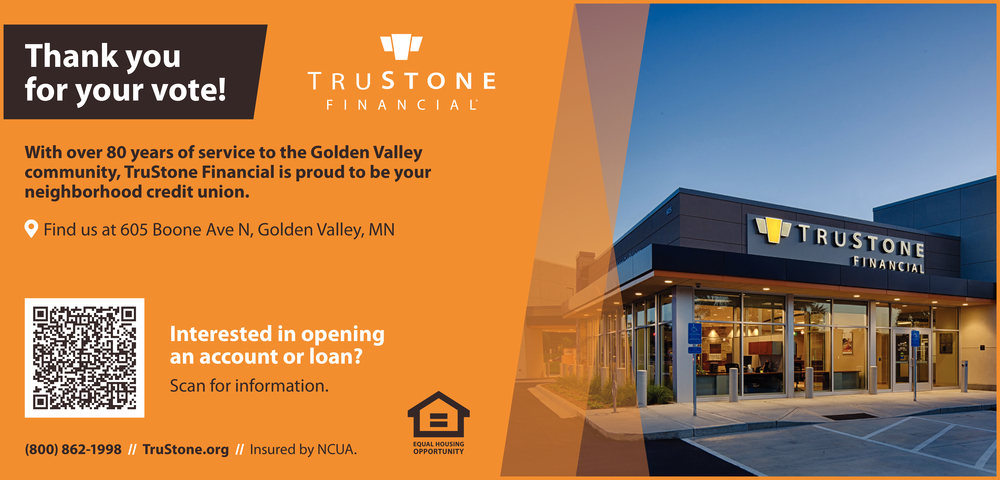
HELOCs are flexible, so you can make payments as necessary. You have several options for making payments: a bank check, a debit card or a check. The draw period will be short, so your payments will not include interest. HELOCs may allow you to repay the principal, but fees might apply if you do this early.
Over time, interest rates can fluctuate
HELOCs provide a great opportunity to obtain credit at a low interest rate and for a prolonged period. Interest rates can change over time so it's important to shop around for the best rate. A small change in interest rates could make a big difference in the amount you end up paying over your loan's life.
HELOC interest rate are typically variable and are calculated based on several factors, including the prime rates and the federal fund rate. The prime rate is usually three percentage points above the federal funds rate, and lenders often align their HELOC rates based on it.

A HELOC borrower can draw money from the line of credit for a period of 10 to 20 years. The borrower is allowed to make monthly payments until the loan is completely repaid.
Refinance or shut down a HELOC after the draw period expires
If used properly, a HELOC could be a useful financial tool. However, it can become a trap if you fail to pay it off during the draw period. It's possible to avoid this problem by carefully reading through the terms and conditions. Typically, HELOCs are variable-rate loans and the interest rate can change depending on market conditions.
It is essential to know the end date of your draw period. HELOCs typically have a 20 year draw period. The repayment period begins once the draw period has ended. Although most lenders allow interest-only payments, some lenders may require that you make minimum payments.
A second important point is to be familiar with the terms and conditions of the loan before it closes. Avoiding a prepayment penalty by refinancing or closing your HELOC before the draw ends is possible. If you're unsure whether to close the account or refinance it, it's a smart idea to speak with a financial professional or lender.

Tips to ensure a successful heloc draw
A HELOC, or Home Equity Loan, is an open line for credit that is based primarily on your home's equity. This line of credit allows you to borrow money however much you want, and you can pay it off in five to ten-year terms. Although you will need to pay interest for the amount that is borrowed, you can usually repay less than the amount each month.
You can use a HELOC several times during the draw period, which is advantageous if you need a large amount of money for ongoing expenses and aren't sure exactly how much you'll need. You might need to spend a lot on remodeling your garage. This could include hiring contractors to redo the floors and purchasing cabinets. You may also need to hire a painter to paint the garage. You can borrow the exact amount that you need through a HELOC.
FAQ
What is the average time it takes to sell my house?
It depends on many different factors, including the condition of your home, the number of similar homes currently listed for sale, the overall demand for homes in your area, the local housing market conditions, etc. It can take anywhere from 7 to 90 days, depending on the factors.
How many times can my mortgage be refinanced?
It all depends on whether your mortgage broker or another lender is involved in the refinance. In either case, you can usually refinance once every five years.
Can I get a second mortgage?
Yes. However it is best to seek the advice of a professional to determine if you should apply. A second mortgage is used to consolidate or fund home improvements.
How can I get rid of termites & other pests?
Over time, termites and other pests can take over your home. They can cause damage to wooden structures such as furniture and decks. You can prevent this by hiring a professional pest control company that will inspect your home on a regular basis.
What is reverse mortgage?
Reverse mortgages are a way to borrow funds from your home, without having any equity. It allows you access to your home equity and allow you to live there while drawing down money. There are two types: conventional and government-insured (FHA). If you take out a conventional reverse mortgage, the principal amount borrowed must be repaid along with an origination cost. FHA insurance covers your repayments.
Statistics
- Over the past year, mortgage rates have hovered between 3.9 and 4.5 percent—a less significant increase. (fortunebuilders.com)
- This means that all of your housing-related expenses each month do not exceed 43% of your monthly income. (fortunebuilders.com)
- 10 years ago, homeownership was nearly 70%. (fortunebuilders.com)
- It's possible to get approved for an FHA loan with a credit score as low as 580 and a down payment of 3.5% or a credit score as low as 500 and a 10% down payment.5 Specialty mortgage loans are loans that don't fit into the conventional or FHA loan categories. (investopedia.com)
- When it came to buying a home in 2015, experts predicted that mortgage rates would surpass five percent, yet interest rates remained below four percent. (fortunebuilders.com)
External Links
How To
How to become a broker of real estate
Attending an introductory course is the first step to becoming a real-estate agent.
The next step is to pass a qualifying examination that tests your knowledge. This involves studying for at least 2 hours per day over a period of 3 months.
This is the last step before you can take your final exam. To become a realty agent, you must score at minimum 80%.
All these exams must be passed before you can become a licensed real estate agent.